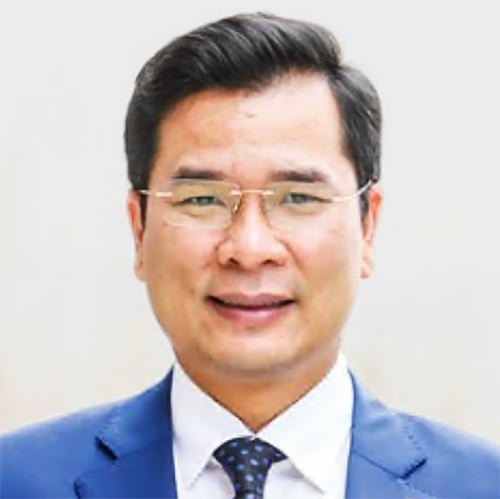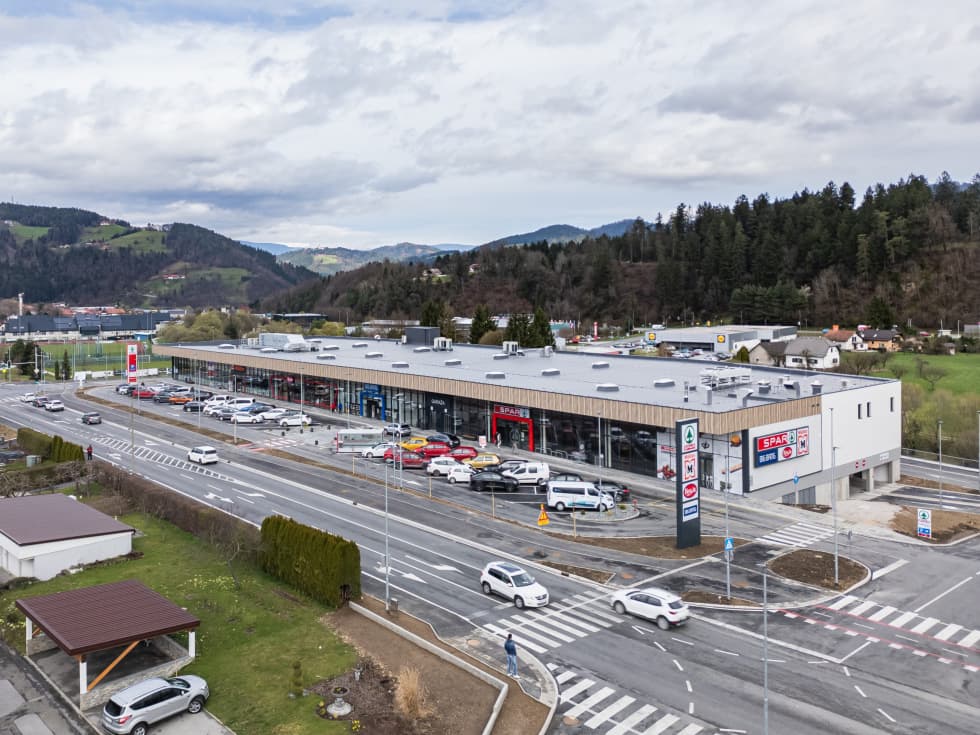Despite the negative impact of the Fukushima Daiichi disaster in March 2011, a growing number of investors have turned more positive on nuclear power, especially following the Ukraine war, which has brought to the fore the critical value of energy security and has prompted policymakers worldwide to give power supply top priority, a new report finds.
Some investors still exclude nuclear-related assets from their portfolio allocations, partly because of the very long lifespan of radioactive waste and the environmental downside of uranium mining. But these investors account for less than 20% of credit and equity funds under the Sustainable Finance Disclosure Regulation, Barclays says in its report, Asia Nuclear: New Priority, New Momentum.
This rising positive sentiment towards nuclear energy has been underpinned by its recent recognition as a sustainable activity in global taxonomies such as the EU Taxonomy, the Korea taxonomy, and Japan's Transition Finance Framework.
At COP28 in Dubai, more than 20 countries pledged to more than triple nuclear capacity by 2050, underscoring the role of atomic power in global decarbonization efforts. The low-carbon footprint nuclear technology offers should aid the countries' net-zero roadmaps, avoiding over 700 metric tonnes of carbon dioxide equivalent per year by 2030, the British bank says.
“Despite the growth in renewable energy sources such as wind and solar, we estimate there will be a clean-energy gap in the global electricity mix by 2050,” says Temitope Sulaiman, European utilities research analyst at Barclays United Kingdom. “Nuclear is a key source of zero-carbon baseload power to help achieve net-zero ambitions and we have seen increased government support and momentum for nuclear globally.”
In Asia, China, India, South Korea, and Japan are now building 60% of world's new reactors and could see operating capacity reaching 172 gigawatts by 2030, Sulaiman notes. Japan aims for nuclear to contribute 20-22% of its energy mix by 2030, from 7% currently, while South Korea targets 30%, from the present 28%. China is expected to reach the largest nuclear capacity globally by 2030, meeting 10% of its electricity demand by 2035.
Asean countries are a potential market for nuclear energy, led by project-level discussions in Indonesia and the Philippines and active explorations in Thailand and Vietnam.
SMR developments
Small modular reactor (SMR) technology, with advantages in safety, scalability and costs, can be a key option for the region. Assuming SMRs take up 5% of total electricity share, this can easily turn into a US$30 billion investment opportunity in Asean, in addition to SMR investments in China, India, Japan and Korea, Barclays says.
According to the International Atomic Energy Agency, SMRs are nuclear reactors that have a power capacity of up to 300 megawatts per unit, which is about a third of the generating capacity of traditional nuclear power reactors.
“Given their smaller footprint, SMRs can be sited on locations not suitable for larger nuclear power plants. Prefabricated units of SMRs can be manufactured and then shipped and installed on site, making them more affordable to build than large power reactors, which are often custom-designed for a particular location, sometimes leading to construction delays. SMRs offer savings in cost and construction time, and they can be deployed incrementally to match increasing energy demand,” the IAEA explains.
Nearly 80 SMR designs are being developed across 18 countries globally, according to the International Energy Agency. China's first SMR project, with a 125MW capacity, was approved in 2020 and began construction in 2021 in Hainan province. It is expected to be completed in 2025, which would make it the first commercially operating SMR globally.
India has included two indigenous SMR-based designs in its nuclear power plans: a 220MW pressurized heavy-water reactor and an advanced heavy-water reactor. To attract private investment into the projects, the country’s top policy think tank NITI Aayog has suggested that the central government use blended financing and issuance of green bonds.
In 2022, the Japan Bank for International Cooperation (JBIC) invested US$110 million in NuScale Power, which is committed to developing SMRs. Also, the use of nuclear power remains one of the key initiatives of the Basic Policy for the Realization of Green Transformation approved by the Japanese cabinet in February 2023. Within nuclear power, the government has made plans to build next-generation reactors a top priority.
South Korea formed a public-private SMR alliance in July 2023 to develop an SMR ecosystem in the country. Two indigenous SMRs are being developed by the Korea Atomic Energy Research Institute and Korea Electric Power Corp., the SMART 100MWe Integral PWR and the BANDI-60S 60MWe PWR. The government also plans to secure SMR-related sites by 2028, start construction in 2030, and have the units in operation from 2033.
Asean opportunity
Currently, Asean countries have no commercially operating nuclear reactors, but SMR technology holds great potential for the region, the report says. The bloc depends primarily on fossil fuel to generate electricity, led by Singapore (96% of total power mix), Thailand (85%) and Indonesia (82%).
Reflecting the economic boom over the past two decades, the region's total energy-related emissions have increased by 4% annually, and show little sign of reaching a plateau. Renewable power has expanded rapidly as a key decarbonization option but still only accounts for around 10% of total power supply, which also indicates its large development potential.
The six largest Asean economies generated a combined power supply of over 1,000 billion kilowatt-hours in 2021, with zero energy from nuclear. Thus, the potential investment opportunity that the shift to nuclear power presents is enormous, especially if one considers that the region will continue to expand its energy demand in the coming decades, the report says.
By absolute electricity demand size, Indonesia is the largest market, followed by Vietnam, Malaysia, Thailand, and the Philippines. Indonesia and the Philippines are the two frontrunners in the nuclear field, having included this technology (including SMRs) in their national energy strategies with specific projects identified.
Discussions and proposals are happening in Thailand, Vietnam and Singapore. In contrast, Malaysia has delayed its previously proposed nuclear buildout.





.jpg)


